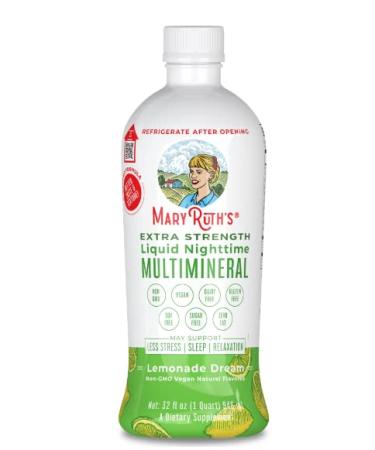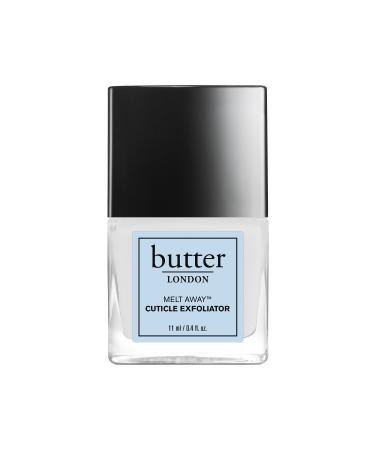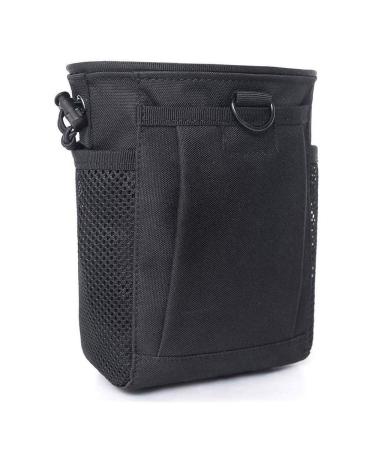What is Extracted Chestnut Honey?
The Black Sea Region is a region where chestnut trees grow densely. Chestnut trees begin to blossom around the end of May. During this period, our honey producers bring their bees together with the chestnut flowers. The bees work intensively to collect nectar. Dark, fluid, and with a sharp taste, chestnut honey has taken its place in beehives.
Characteristics of Extracted Chestnut Honey
It is a unique honey with a generally darker color, more fluidity, and a hint of basil. It exhibits the general characteristics of flower honeys, with a dominant characteristic. It is consumed in moderation rather than for breakfast. It is a honey for special consumption. Excessive consumption is not recommended. It is known to be beneficial for the upper respiratory tract. Its quality values are quite high.
Beekeepers extract the honey, and the chestnut blossom honey, which undergoes quality control in the Beyçeri facilities, is bottled in the Beyçeri facilities, and is offered to our consumers. It is a high-quality honey.
Consumption Recommendations
One teaspoon can be taken in the morning, half an hour before breakfast, and one teaspoon before bed. It can be mixed with other bee products (royal jelly and pollen), but it is not recommended because it is too strong a food.
Storage Conditions
All honey naturally tends to crystallize. Depending on its type, composition, and storage conditions, it may crystallize later or earlier. Therefore, honey should be consumed as is. Due to consumption habits, it is desired that it be fluid and clear. Crystallized honey returns to its original state when heated in a controlled manner using appropriate methods.
Store away from heat and light, in a cool place (below 22 C), and with the lid closed. Water entering the honey causes it to ferment.
Let's Get to Know Beyçeri Beekeeping
With the arrival of spring and the revival of the rich flora, beekeepers begin a feverish work. Bees begin to collect pollen and nectar, multiplying rapidly, increasing the population. In the spring, the developed bee colonies finally increase the nectar flow, and the highly populated bee colony carries the abundant nectar back to the hive and begins honey production.
It's now harvest time for beekeepers, and honey is extracted using modern techniques. Samples of the extracted honey are first brought to the Beyçeri facilities. The quality control department conducts physical and chemical analyses of the samples. After this preliminary inspection, the accepted honey is brought to the facility, and all honey samples are analyzed again. The honey that passes this stage is then stored in the Beyçeri facilities under appropriate storage conditions. Using the latest technologies, the packaging process is carried out with a fully automated system, leaving the honey's natural state intact.
The packaged honey is now available to our consumers with the Beyçeri guarantee.













